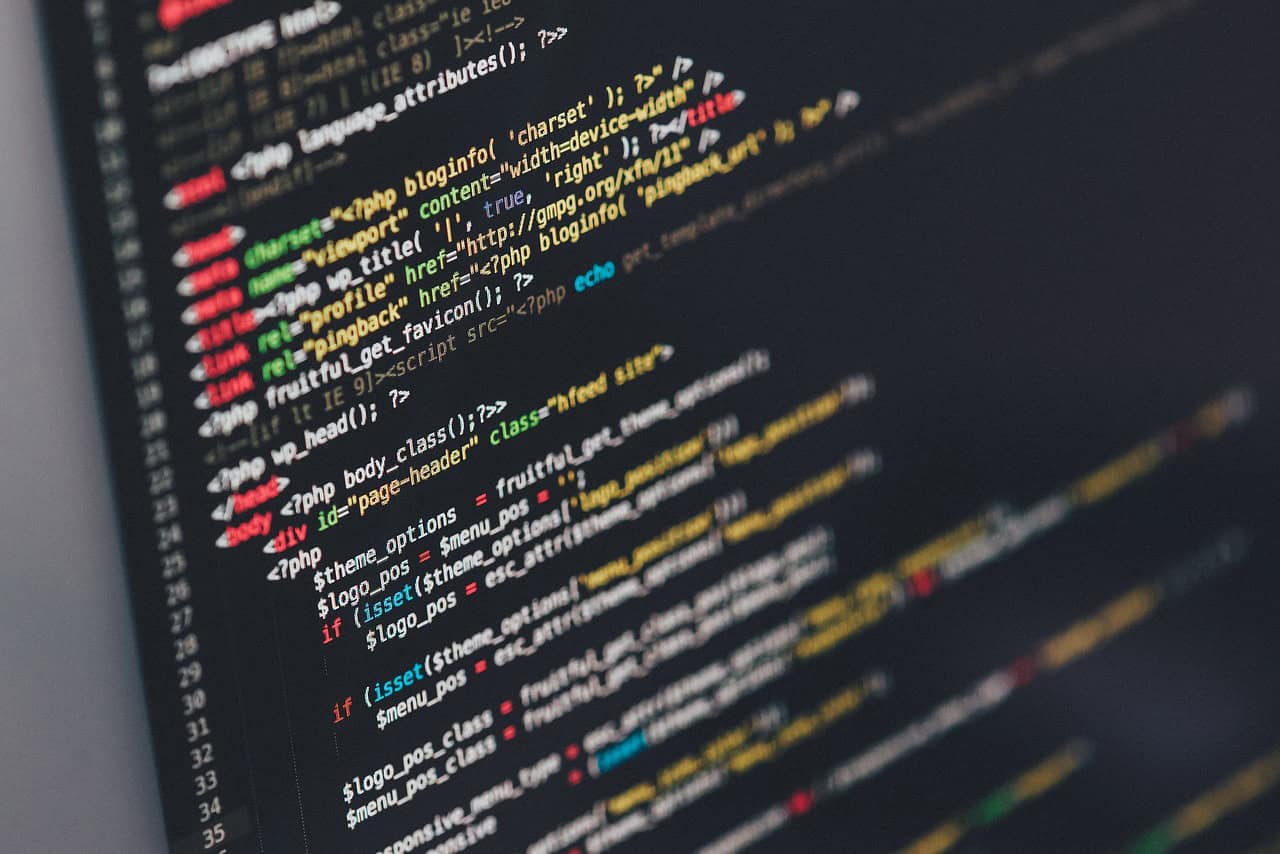Python Web Development: A Comprehensive Guide
Python web development has gained immense popularity among developers due to its simplicity and versatility. In this guide, we will explore the key concepts, frameworks, and tools that you need to kickstart your journey in Python web development.
Why Choose Python for Web Development?
- Simplicity: Python’s syntax is clear and intuitive, making it easier for beginners to learn.
- Rich Libraries: Python offers a wide array of libraries and frameworks that simplify web development.
- Strong Community: A robust community provides support, resources, and documentation for developers.
- Versatile Frameworks: Frameworks like Django and Flask streamline the development process.
Popular Frameworks for Python Web Development
Python offers several frameworks for web development. Here are some of the most popular ones:
Django
Django is a high-level web framework that encourages rapid development and clean design. It includes features such as:
- Authentication
- URL routing
- Template engines
- ORM (Object-Relational Mapping) for database interactions
Flask
Flask is a micro-framework for Python, known for its simplicity and flexibility. It’s ideal for smaller applications and allows developers to add only the components they need.
Getting Started with Python Web Development
If you’re new to Python web development, consider checking out our detailed [beginner’s guide](https://tomtalkspython.co.uk/unlock-your-potential-a-beginners-guide-to-python-web-development/) which covers everything from the basics to advanced topics.
Key Concepts to Learn
Here are some essential concepts to master in Python web development:
- HTML/CSS: Understand the structure and styling of web pages.
- JavaScript: Learn how to add interactivity to your web applications.
- APIs: Understand how to connect your application to external services.
- Databases: Get familiar with SQL and how to interact with databases using ORM.
Building Your First Web Application
Ready to build your first application? Follow this simple tutorial:
- Set up your development environment (install Python, a text editor, and a virtual environment).
- Choose a framework (e.g., Django or Flask).
- Create a new project.
- Build your application using routes, views, and templates.
- Test it locally and deploy it to a web server.
Resources for Further Learning
For those looking to deepen their knowledge, consider these resources:
- A Beginner’s Guide to Building Dynamic Applications
- Comprehensive Guide to Python Web Development
- The Ultimate Guide to Python Web Development
Conclusion
Python web development opens up a world of possibilities for creating dynamic, robust applications. By choosing the right framework, mastering essential concepts, and utilizing available resources, you can become proficient in Python web development and build exciting projects.
Python Web Development Projects and Applications
Key Projects
- Blog Application: Build a simple blog application using Django that allows users to create, read, update, and delete blog posts. Integrate user authentication and commenting features.
- Todo List App: Create a Flask-based task management application where users can register, add tasks, mark them as completed, and delete them.
- Weather Dashboard: Develop a web application that fetches weather data from a public API and displays it to users in a user-friendly interface using Flask.
- E-commerce Website: Build a fully functional online store using Django, focusing on product listings, user authentication, and payment integration.
Python Code Examples
# Example code for a simple Flask Todo List App
from flask import Flask, render_template, redirect, request
app = Flask(__name__)
tasks = []
@app.route('/')
def index():
return render_template('index.html', tasks=tasks)
@app.route('/add', methods=['POST'])
def add_task():
task = request.form.get('task')
if task:
tasks.append(task)
return redirect('/')
if __name__ == '__main__':
app.run(debug=True)
Real-World Applications
Python web development has a wide array of real-world applications, including:
- Content Management Systems: Many websites use Python frameworks to manage their content efficiently, with Django being a popular choice for CMS development.
- Data Visualization Tools: Developers create interactive web applications that visualize data analytics, making complex data understandable to users.
- Social Networking Platforms: Python’s flexibility allows for the creation of scalable social media platforms that cater to large user bases.
- Restful APIs: Build APIs using Flask or Django to provide backend services for mobile apps or other web applications.
Next Steps
Now that you’ve gained insights into Python web development, it’s time to dive deeper. You can start by experimenting with frameworks like Django and Flask by following detailed tutorials available on our site.
For beginners, check out our comprehensive guide on Python web development for beginners
to get a solid foundation.
Additionally, explore more about key concepts that you need to master, such as APIs and database interactions. Our article,
A Beginner’s Guide to Building Dynamic Applications,
provides a great starting point.
Finally, consider building your first application using the steps outlined in this guide. As you progress, you can further enhance your skills with
resources like our comprehensive guide and other tutorials that focus on advanced topics in Python web development.

20 thoughts on “Unlock Your Potential: The Ultimate Guide to Python Web Development for Beginners”
Comments are closed.